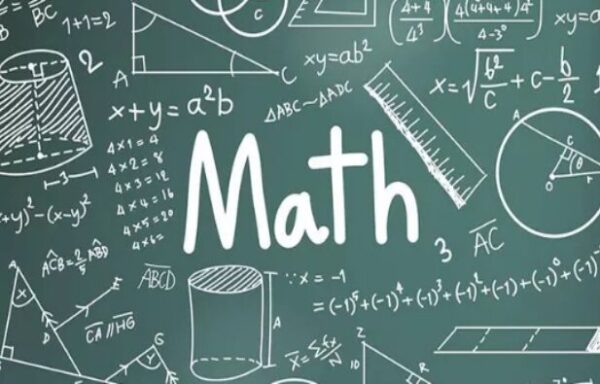In the vast and mysterious realm of mathematics, equations often serve as intricate puzzles awaiting unraveling. Among these mathematical enigmas, the equation x2+(y-3√2x)2=1 stands as a fascinating challenge. While it may seem complex at first glance, hidden within its structure are remarkable secrets and practical applications waiting to be explored and understood.
Understanding the Basics of the Equation x2+(y-3√2x)2=1
Before delving into the significance and applications of the equation, let’s carefully dissect and decipher its components to establish a solid understanding.
The Equation’s Form: A Standard Circle Equation
The equation x2+(y-3√2x)2=1 follows the standard form of a circle equation. In this form, it defines a circle with its center located at the origin (0,0) and a radius of 1 unit.
Breaking Down the Equation into Its Components
Breaking down the equation, we find:
- x^2: Represents the square of the x-coordinate of any point on the circle.
- (y – 3√2x)^2: Represents the square of the difference between the y-coordinate and three times the square root of 2 times the x-coordinate of a point on the circle.
- = 1: Indicates that the sum of the squares of these two components must equal 1, representing the squared value of the circle’s radius.
Graphical Representation: A Visual Journey
To gain a more intuitive understanding, let’s plot the equation on a Cartesian plane and visualize its geometric interpretation.
Visualizing the Circular Geometry
Plotting the equation reveals a circular geometry with a radius of 1 unit, centered at the origin. This circular contour encompasses all points (x, y) that satisfy the equation’s constraints.
Focus on the Geometric Center and Radii
Within this circular representation, the center remains anchored at the origin (0,0), while the radius extends outward to a distance of 1 unit. Any point (x, y) lying on the circumference of the circle satisfies the equation.
Practical Applications: Connecting Mathematics with Real-World Usefulness
After exploring the mathematical essence and graphical representation of this equation, let’s dive into its practical applications across different fields.
Electrical Engineering: Precision Boundary Definition
In electrical engineering, this equation is extensively used to define precise boundaries, helping engineers demarcate regions of interest. It proves invaluable in designing circuit boards, where components need strategic placement and spatial organization.
Physics: Particle Trajectories
In physics, the equation x^2 + (y – 3√2x)^2 = 1 represents the path followed by a particle undergoing circular motion. Here, (x, y) denote the dynamic coordinates of the particle at any given moment, revealing insights into its circular trajectory.
Geometry: Crafting Circular Mirrors and Lenses
This equation also finds application in geometry, particularly in crafting circular shapes used in optical instruments like mirrors and lenses. It serves as a foundational tool for designing and shaping these optical components with precision.
Conclusion: Unveiling the Equation’s Significance
In conclusion, the equation x^2 + (y – 3√2x)^2 = 1, despite its initial mathematical complexity, emerges as a fundamental representation of a circle. Its visual representation and diverse applications in electrical engineering, physics, and geometry highlight its significance and versatility across various disciplines.




